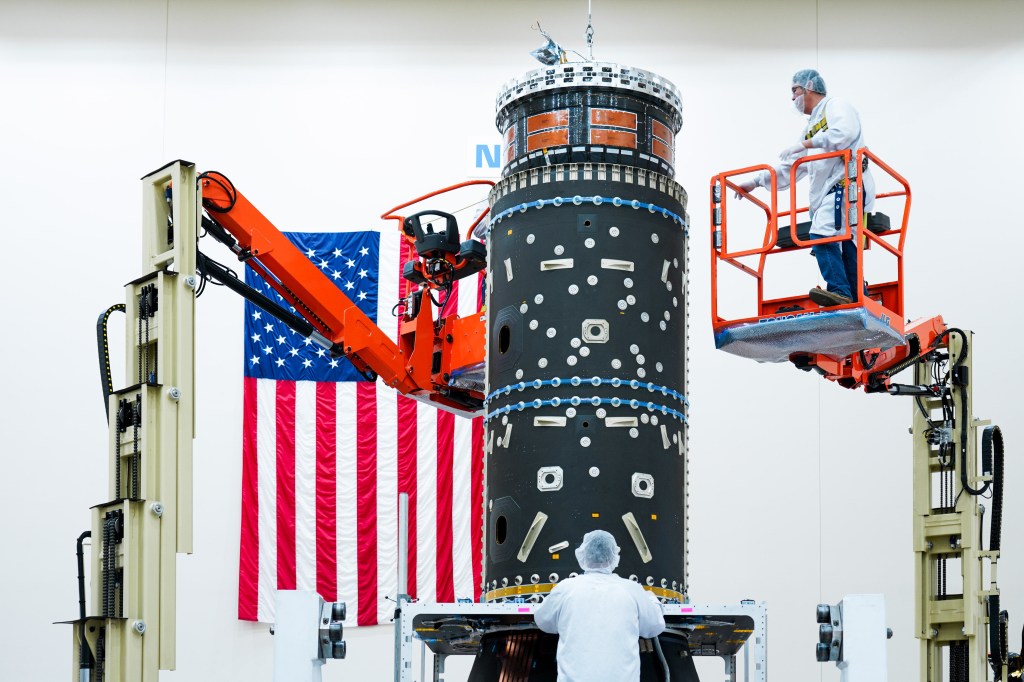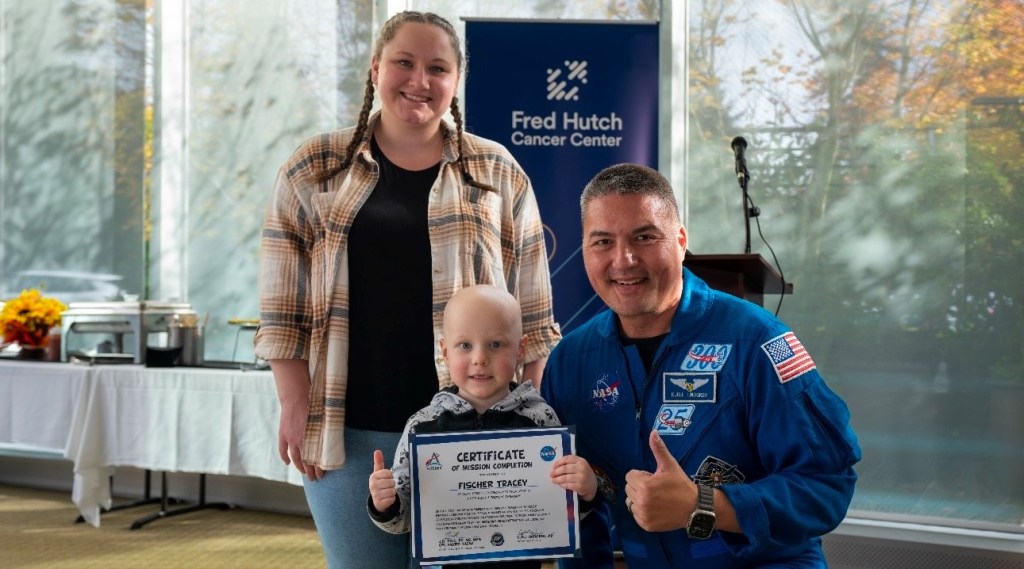The COVID-19 High Performance Computing (HPC) Consortium brings together the Federal government, industry, and academic leaders to provide access to the world’s most powerful high-performance computing resources in support of COVID-19 research. Fighting COVID-19 will require extensive research in areas like bioinformatics, epidemiology, and molecular modeling to understanding the threat and to develop strategies to address it. There are 33 active projects and 34 consortium members – 2 projects are being led by Space Biosciences Research branch scientists, using the resources at NASA Ames Research Center. One project, led by Dr. Afshin Beheshti, is titled COVID-19: RNA-seq analysis to identify potential biomarkers indicative of disease severity. Another project led by Dr. Viktor Stolc, is titled Whole genome analysis using the NASA Ames supercomputer to define risk groups for severe pulmonary disease associated with COVID-19 and other illnesses. Both projects will utilize the supercomputer at NASA Ames Research Center to run analyses and help contribute to the overall research effort against COVID-19.
For more information on the COVID-19 HPC Consortium and the other active projects, please click here.
COVID-19: RNA-seq analysis to identify potential biomarkers indicative of disease severity
Principal Investigator: Dr. Afshin Beheshti
Abstract:
We have enrolled COVID-19 patients in a research study to examine their host transcriptional responses over time. From this data we will design drug targets and develop and test with in vivo models. Our team (consisting of 30 scientists) has expertise in coronaviruses, RNA-Seq methods, drug design, building therapeutic platforms, and SARS-CoV-2 mouse models. We have been openly and collaboratively analyzing publicly available transcriptome data from COVID-19 patients in Wuhan, China (https://osf.io/7nrd3/). We understand the importance of a solid experimental design for sample collection, as well as the value of sound data analysis methods and open collaborations with coronavirus and medical subject matter experts when interpreting results and inferring host infection dynamics for SARS-CoV-2. Our study will categorize COVID-19 patients by clinical symptoms and test results, collect research specimens from patients over the course of their disease, evaluate host gene expression responses, miRNA potential targets, identify potential biomarkers indicative of disease severity, and therapeutics against SAR-COV-2. Ultimately, this applied research will identify transcriptomic and miRNA signatures that will enable more efficient allocation of healthcare resources and advanced monitoring to determine potentially severe COVID-19 patients before those cases require intensive care.
Specifically, NASA’s High-End Computing Resources will be used to run the computationally intensive GATK variant calling pipeline on the RNA sequence data derived from enrolled COVID-19 patient samples in parallel. The results of this analysis will allow for identification of unique human sequence variation associated with high risk of morbidity for COVID-19 patients.
Whole genome analysis using the NASA Ames supercomputer to define risk groups for severe pulmonary disease associated with COVID-19 and other illnesses
Principal Investigator: Dr. Viktor Stolc
Abstract:
In order to identify subgroups of COVID-19 patients who are most at risk of developing Acute Respiratory Distress Syndrome (ARDS), the most devastating complication of COVID-19, we will perform complete genome sequencing on patients who develop ARDS and those who do not. We will use the NASA Ames Supercomputer to perform a variety of correlation analyses, in order to identify high-risk groups based on genetics. The study is expected to result in practical tools for predicting which COVID-19 patients are likely to develop ARDS and therefore which patients are likely to need intensive support, prior to the emergence of severe symptoms. Such tools should help to guide intensive care resource utilization for the sickest patients, to help manage the pandemic. In addition, the study is expected to provide a rational basis for the early testing of novel vaccines and therapeutics in the highest risk groups. This study can be started quickly, and is expected to yield useful preliminary data within just a few weeks.

























